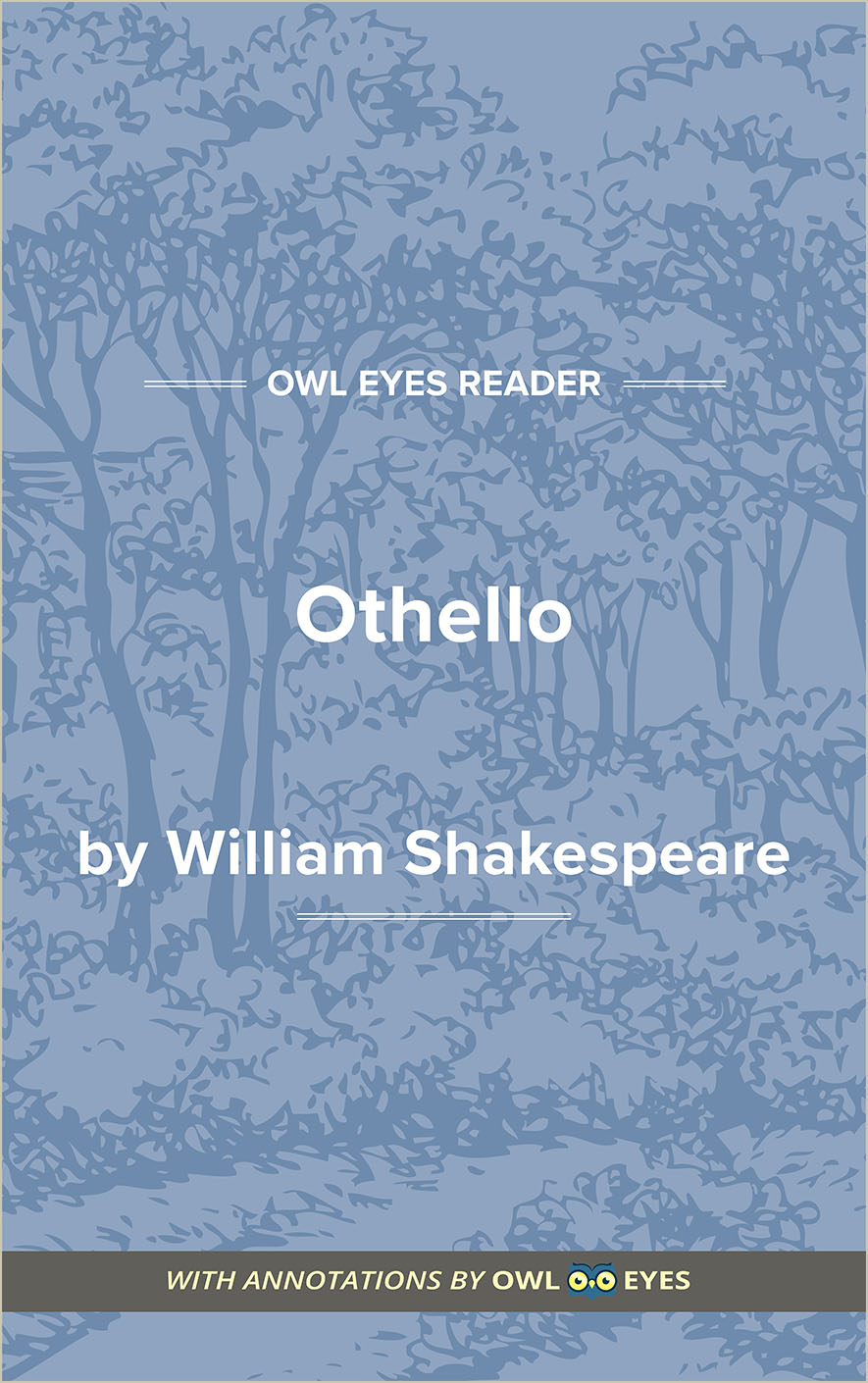Analysis Pages
Allusion in Othello
Allusion Examples in Othello:
Act I - Scene II
🔒"By Janus, I think no...." See in text (Act I - Scene II)
Act III - Scene III
🔒"that was as fresh As Dian's visage, is now begrimed and black(430) As mine own face...." See in text (Act III - Scene III)
Act IV - Scene II
🔒"Here I kneel: If e'er my will did trespass ‘gainst his love Either in discourse of thought or actual deed, Or that mine eyes, mine ears, or any sense, Delighted them in any other form,(175) Or that I do not yet, and ever did, And ever will, though he do shake me off To beggarly divorcement, love him dearly, Comfort forswear me!..." See in text (Act IV - Scene II)
Act V - Scene II
🔒"Where is that viper? Bring the villain forth. OTHELLO: I look down towards his feet; but that's a fable. If that thou be'st a devil, I cannot kill thee...." See in text (Act V - Scene II)
"That's he that was Othello. Here I am...." See in text (Act V - Scene II)
"Whip me, ye devils,(320) From the possession of this heavenly sight! Blow me about in winds! Roast me in sulphur! Wash me in steepdown gulfs of liquid fire!..." See in text (Act V - Scene II)

